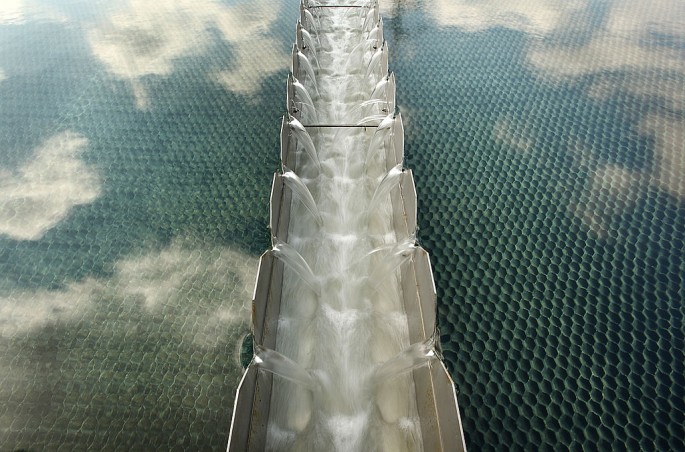China’s supposed solution to the growing problem in freshwater supply is drying up as the country’s desalination plants underperform and other related projects stalled due to lack of funding.
In 2011, China announced its plans to desalinize seawater to produce fresh water for the thirsty capital Beijing through China Daily.
Three years later, the state-run Xinhua News Agency reported that China will be using ice as a source of fresh water through the same desalination process.
Since then, programs to increase the clean water supply in Beijing alone proved to be a challenge to the government due to the country's economic slowdown and the underperformance of already-established desalination plants.
Promising Plans
Desalination is a process of distilling salty water and turning it into drinkable fresh water that is safe for the consumption of humans.
According to Bloomberg, China embraced such technology in hopes of providing enough drinking water for the parched citizens of Beijing and the rest of the population which comprises 20 percent of the world's entire number.
The plan was to establish desalination plants which will be able to produce 50,000 tons of potable water by 2019 and send it to Beijing.
The plant located in Bohai Bay near Tangshan City is supposed to send this amount of fresh water to the capital city, which is 170 miles away.
"In terms of future potential, China may be the most important place. The desalination market is very hot right now," Aqualyng China CEO Paul Bai told Bloomberg.
However, Bai admitted that the project can be very expensive. Of course, with very few options, China is bound to jump on the desalination trend.
Drought
Unfortunately, China was not able to maintain its water desalination project because of underperforming facilities and the country's slowing economy.
According to Technology Review, the desalination plant in Bohai Bay missed its target of 2.2 million to 2.6 million tons of fresh water every day in 2015 and produced only 1.03 million tons a day.
Apparently, the process of desalination requires power-intensive equipment that can be difficult to maintain, leaving the price of fresh water produced from it way more expensive than tap water.
According to the outlet, the price of a ton of fresh water reached 75 cents to $1.20, which is more than double the price the people pay for a ton of tap water.
"When there is a drought, local officials and enterprises all come to see us and say, 'We want to desalinate seawater. But if there is sufficient rainfall the next year, they will drop the idea and invest their money in other things first," Tianjin University Key Laboratory of Membrane Science and Desalination Technology Director Wang Zhi explained.



























